#crematogaster cerasi
Text

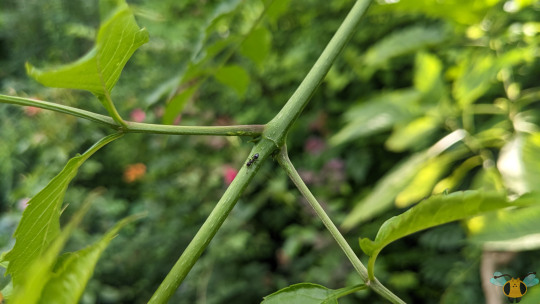

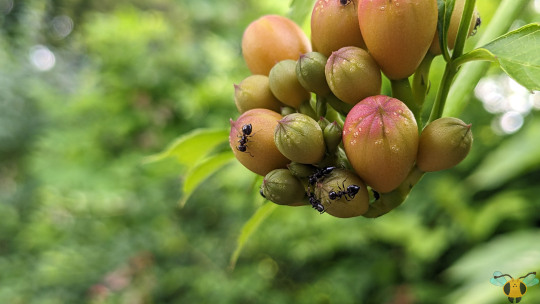

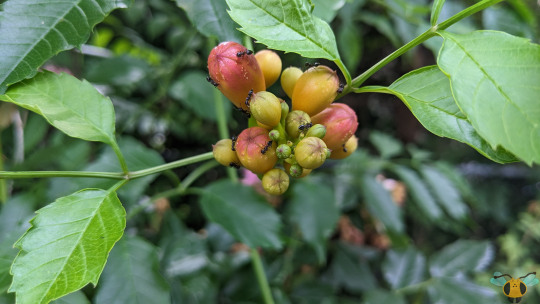
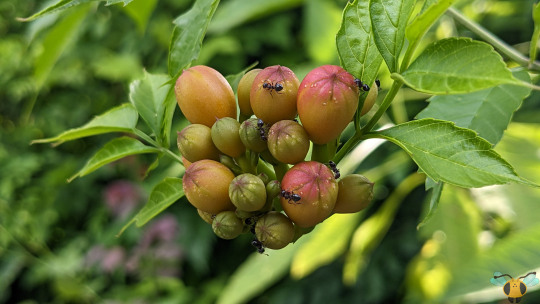


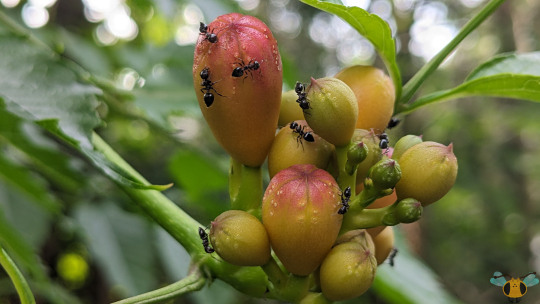
Acrobat Ants - Crematogaster cerasi
Those heart-shaped abdomens may look inviting and aesthetically pleasing, but these foragers are tough and ready to defend their flowers from aggressors. That's right, they are in trees now too! These glossy insects have come to rely on flowers to obtain provisions for their queen and won't be pushed over easily. They are omnivores too, and anything they can swarm, bite and sting will also go to the colony's food pile. Though I mention 'sting', it's little more than a nuisance to us. The intended use for these Ants' short stingers are to stun any insect that tries to intrude into their territory with acidic venom! They are courteous enough to warn a trespasser beforehand by arching their abdomen over their body (like the individual at the top of Picture 1) that they are bothered. It's this contortion that gave these insects the moniker, "Acrobat Ant". It also gives them other advantages like beings able to angle their sting in any direction they like, summon other workers to the fight, and allowing them to potentially rub venom at an attacker's more sensitive areas. It's a handy advantage when foraging takes the workers up into the trees, but don't expect to be sprayed yourself; the venom squeezes out in the form of droplets.
Though arboreal, not all Acrobat Ants have nests built on or within a tree. Some are ground dwellers, while this specie tends to dwell under rocks or in wood. Although, the Ants that do build nests in a tree can enter a mutualistic relationship whereby the tree provides food exclusively to the Ants, and the Ants protect the tree from predators (the line blurs when soft-bodied, honeydew excreting insects arrive in the picture). These workers are likely just around to forage, and will return to their heart-shaped abdomens to the nest after they're done. If you're looking to identify these Ants, the heart-shape is a good place to start, but you can also inspect for: two spines on the propodeum (it's near the end of the thorax), the connection between the thorax and abdomen, a padded protonum (which some species have), and (if you can get close enough) the hairs on their body. With respect to the lattermost, these Ants might also be C. lineolata, but it's impossible to tell without closeups of the the number of hairs on the body and how they're arranged. C. cerasi was chosen due to geographic range, but I'm not ruling anything out here just yet. Whichever Ant it is, treat them carefully as the colony is full of mandibles and stings. If you keep some distance, maybe you can follow them to their nest. Acrobat Ants tend to create trails as they locate sources of food in order to make tracking food easier for other workers of colony.
Pictures were taken on July 9, 2023 with a Google Pixel 4.
#jonny’s insect catalogue#ontario insect#ant#crematogaster cerasi#acrobat ant#hymenoptera#insect#toronto#july2023#2023#nature#entomology#invertebrates
5 notes
·
View notes
Text

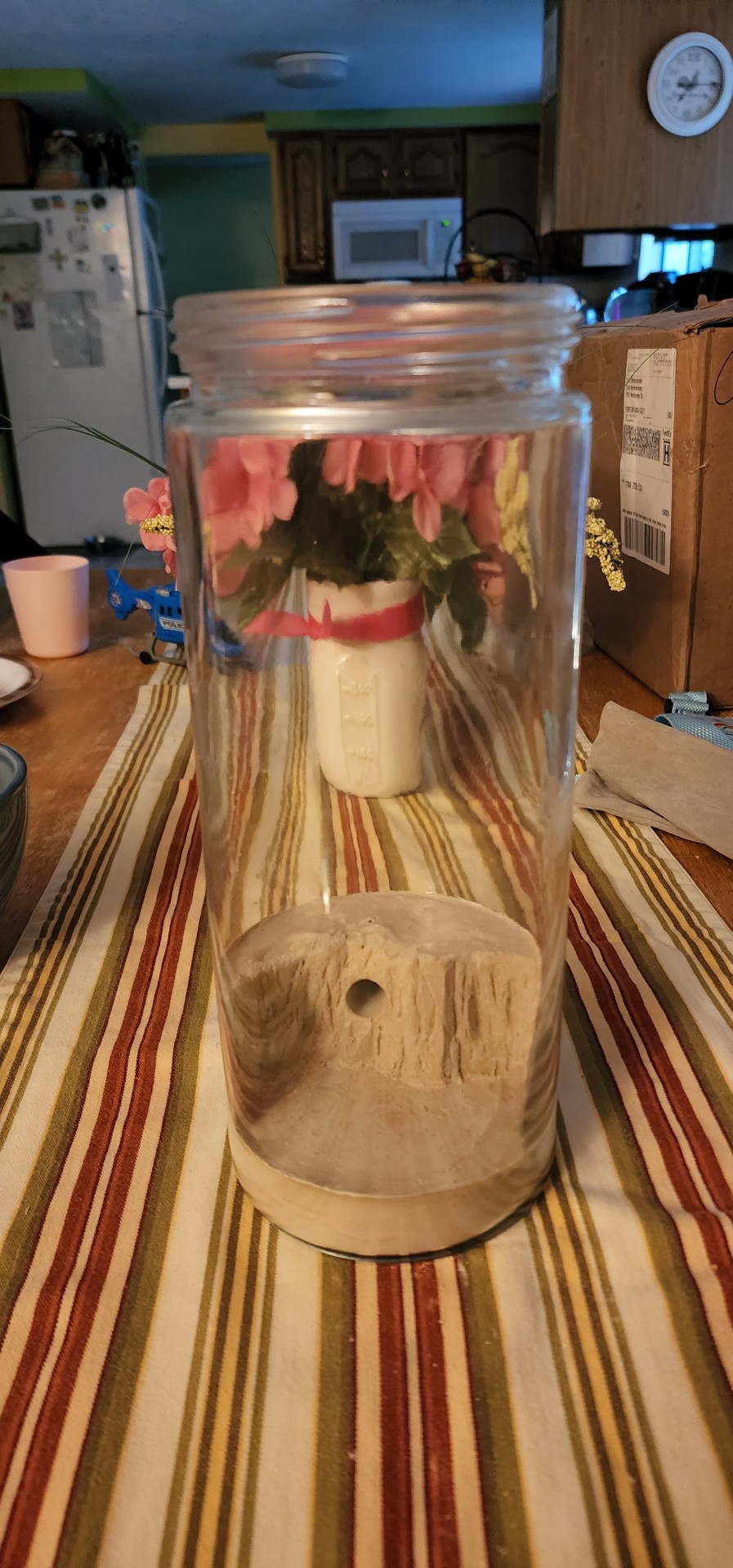
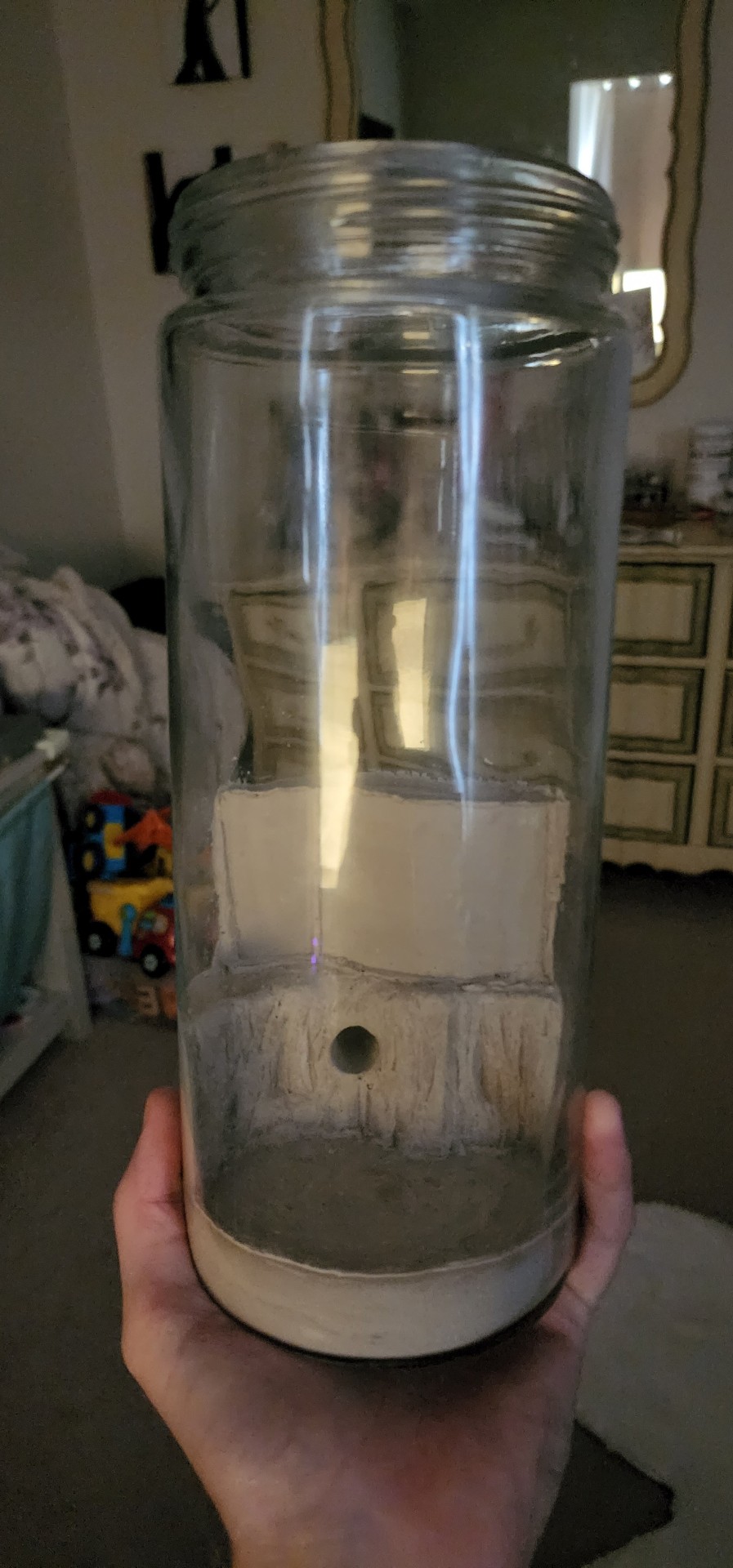

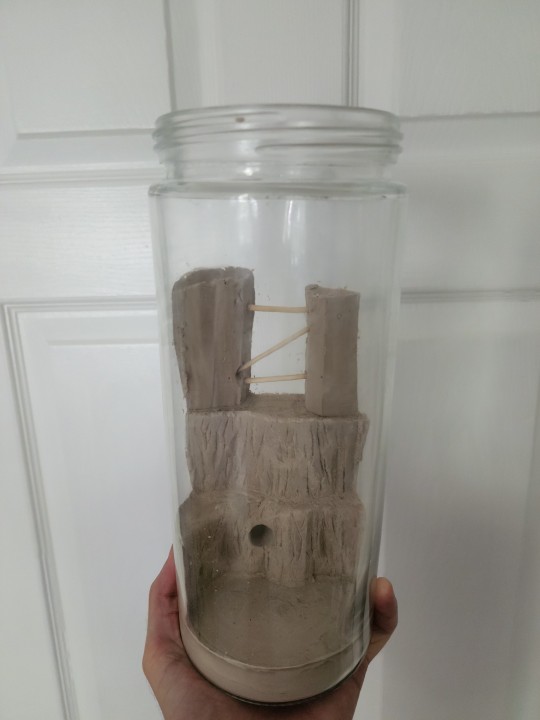

Canyon outworld for Crematogaster Cerasi
3 notes
·
View notes
Photo
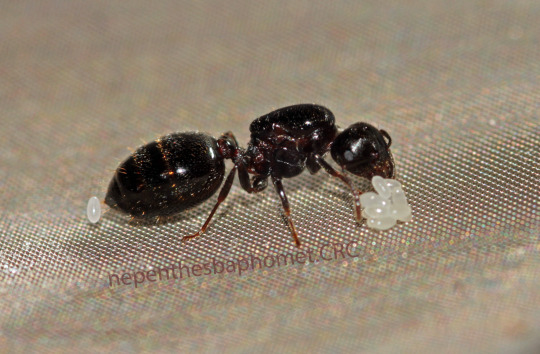
Crematogaster sp. with eggs in a Tar Heel Ants growth chamber. Probably Crematogaster cerasi
*edit*
- Thanks for the correction newzealanderhungarianhobbitgirl !
#Crematogaster cerasi#Ant#Ant queen#Queen#De-alate#eggs#nest#colony#invertebrate#eusocial#eusocial insects#insect#Hymenoptera#Formicidae#Myrmicinae#Crematogastrini#Crematogaster#Crematogaster sp.
4 notes
·
View notes
Photo
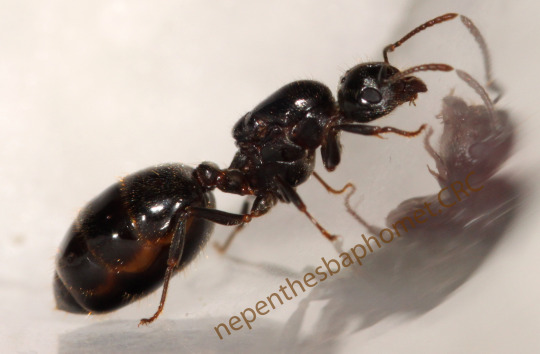
Crematogaster cerasi
This is most likely, C. cerasi. It is a very interesting species of ant. Workers of the species will hold there almost heart shaped gasters over their shiny little exoskeletons and display there stinger; which is dripping with formic acid and ready to strike.
This of course is a reproductive. The colonies can get quite impressive, I hope she produces well!
#Crematogaster#Crematogaster cerasi#C. cerasi#acrobat ant#acrobat#ant#ant queen#queen ant#Reproductive#Reproductive Ant#De-alate#formicarium#ant colony
1 note
·
View note